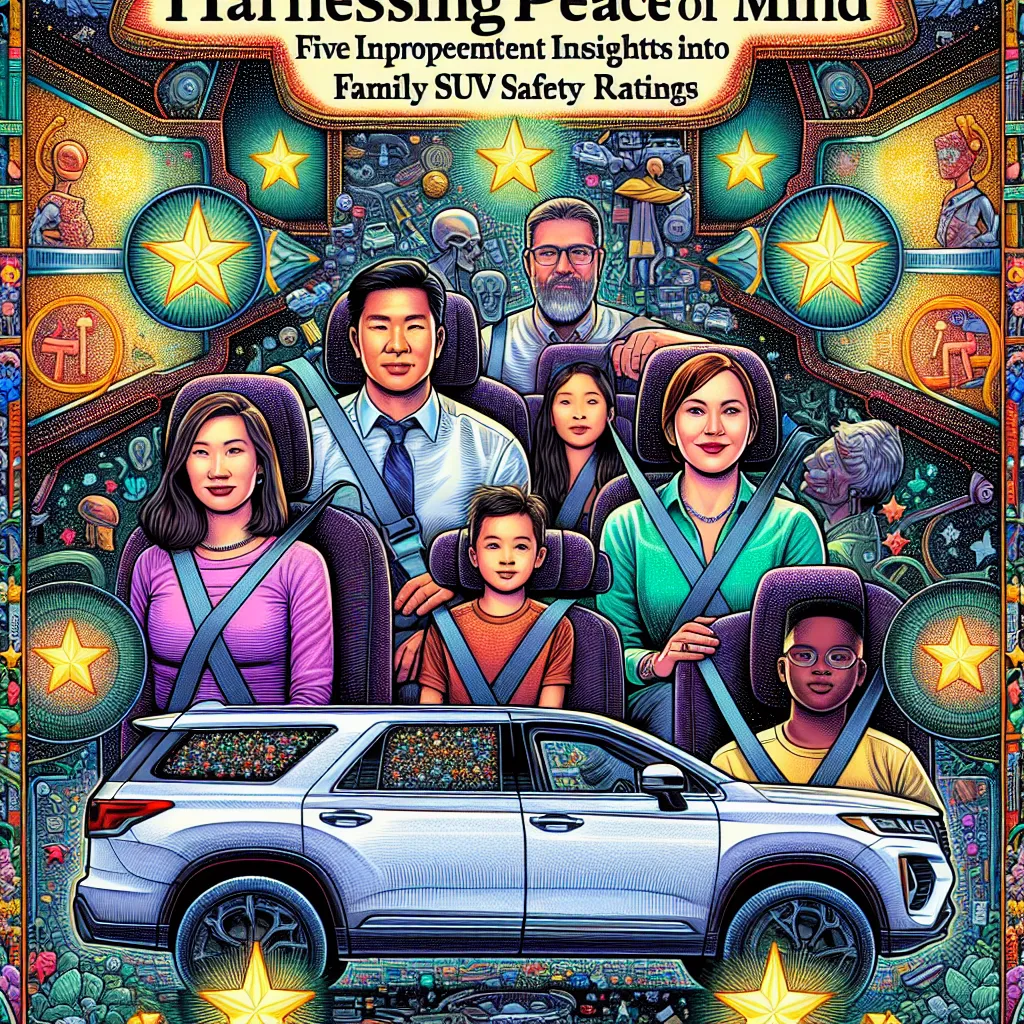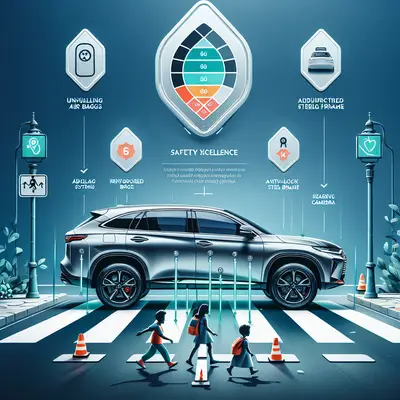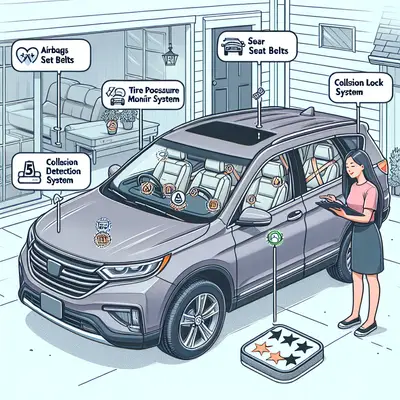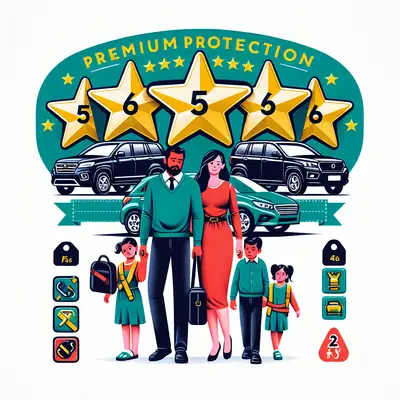In the realm of family SUVs, safety is not just a feature but a non-negotiable imperative. As families explore options for a new vehicle, understanding the nuances of safety ratings becomes crucial. It's not merely about finding an SUV that checks off all the boxes but discovering one that goes above and beyond, offering unique safety innovations that put your family's well-being at the forefront. This article presents five unique insights that will guide you through the labyrinth of safety ratings for discerning families shopping for SUVs.
Insight 1: The Evolution of Safety Standards
Safety standards have evolved significantly over the years. Newer SUV models are now equipped with advanced safety technologies such as automatic emergency braking, lane-keeping assist, blind-spot detection, and more. However, not all SUVs have these advancements as standard. Make sure to ascertain what safety features are included before making a decision.
Insight 2: The Importance of Crash Test Ratings
Crash test ratings are a crucial factor in determining the safety of an SUV. Organizations like the Insurance Institute for Highway Safety (IIHS) and the National Highway Traffic Safety Administration (NHTSA) conduct rigorous testing procedures to assess how well a vehicle can protect its occupants in a crash. Look for vehicles with high ratings from these organizations.
Insight 3: Safety vs. Size
While it's commonly believed that bigger vehicles are safer, this is not always the case. A larger SUV may fare better in a collision with a smaller car, but they can be more prone to rollovers due to their higher center of gravity. Consider this aspect when weighing the safety of different SUV models.
Insight 4: The Role of Active Safety Features
Active safety features play a significant role in preventing accidents before they occur. These include systems such as adaptive cruise control, forward collision warning, and automatic emergency braking. While these features are becoming more common, they are not standard on all models. Prioritize these features for a safer driving experience.
Insight 5: The Impact of Driver Assistance Systems
Advancements in technology have led to the development of driver assistance systems that can help avoid accidents and reduce driver fatigue. These include systems like lane-keeping assist, automatic parking, and even semi-autonomous driving modes. When shopping for an SUV, consider how these systems can enhance safety and ease of driving.
Conclusion
Choosing a family SUV is a choice that demands careful consideration, especially when it comes to safety. By understanding the intricacies of safety ratings and features, families can ensure they are selecting a vehicle that offers superior protection. Harness peace of mind by delving into these insights and make an informed decision that values the safety and security of your loved ones above all else.



